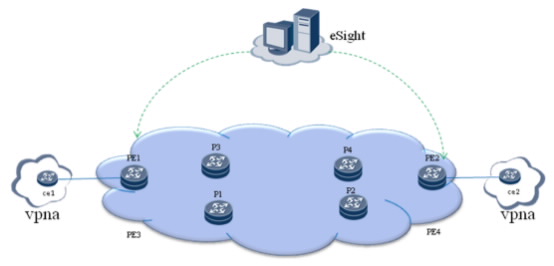eSight MPLS Tunnel Manager allows users to easily and efficiently configure tunnel policies using a template.
The smart configuration tool can be used to deliver tunnel policies in a batch, which reduces errors and improves efficiency.
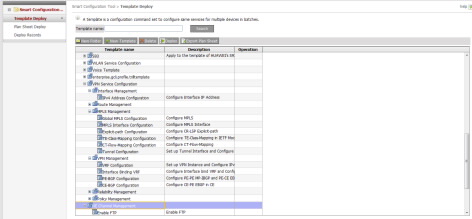
eSight MPLS Tunnel Manager automatically discovers tunnels deployed on the network to obtain information such as the number of tunnels, tunnel types, and tunnel status.
eSight MPLS Tunnel Manager uses the automatic discovery function to discover the MPLS TE tunnels (RSVP-TE signaling-based dynamic tunnels and CR-Static signaling-based static tunnels) and LDP tunnels that have been deployed on the network to eSight from specified or all devices.

eSight MPLS Tunnel Manager monitors tunnels in real time and dynamically displays the tunnel running status.
When receiving an alarm, eSight MPLS Tunnel Manager notifies users of tunnel status changes in a timely manner. The tunnel topology displays tunnel status and provides entries for users to view the link bandwidth information (such as bandwidth on outbound or inbound interfaces and maximum reserved bandwidth), link interface information, and whether MPLS is enabled on devices, helping users diagnose faults.
When receiving an alarm, users can directly access the Tunnel Topology page from the alarm page to check the tunnel status.
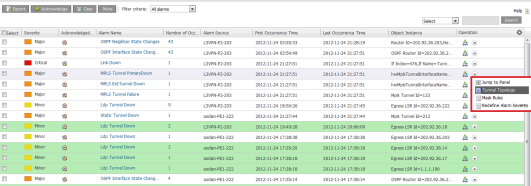
When detecting that the active LSP is faulty, eSight MPLS Tunnel Manager performs an active-standby switchover or bypasses the faulty LSP. All paths of the original tunnel before the switchover or bypass are unavailable. The active-standby tunnel switchover status is displayed in the tunnel topology.
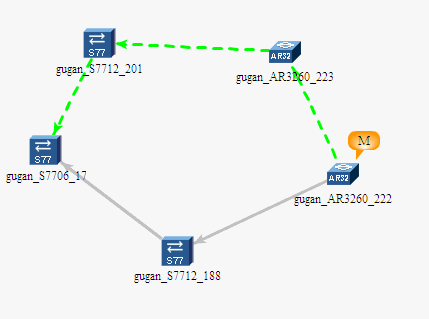
When an LDP tunnel is faulty, all links in the tunnel topology are unavailable.
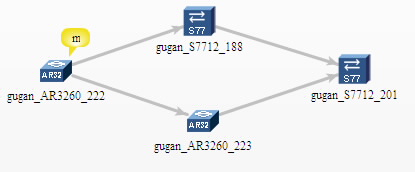
eSight MPLS Tunnel Manager works with MPLS VPN Manager to let users quickly locate services affected by tunnel faults and check whether a service fault is caused by a tunnel fault.
In the eSight MPLS VPN Manager service list, users can click Tunnel List to view tunnels that carry a VPN and check whether a service fault is caused by a tunnel fault based on the tunnel status.

In the eSight MPLS Tunnel Manager tunnel list, users can click View VPN to view VPNs carried on a tunnel and learn which VPNs will be affected by a tunnel fault.
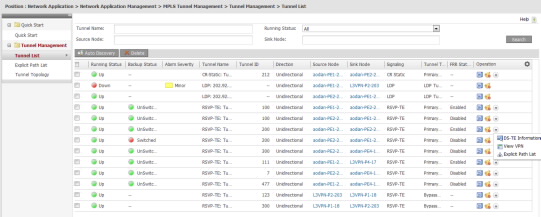
eSight MPLS Tunnel Manager is installed on the same server as eSight Unified Network Management Platform standard or professional edition; therefore, the operating environment configuration requirements are the same.








